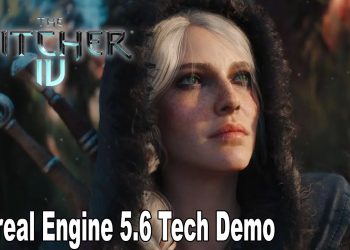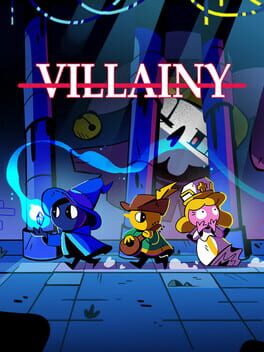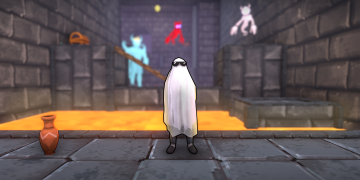The Witcher 4’s upcoming visuals caught a lot of attention during Epic’s keynote at State of Unreal 2025, revealing how the game’s lush environments are shaped by a new technology called Nanite Foliage. This tech not only creates rich, dense forests but also allows the game to run ray tracing at a steady 60 frames per second on a standard PlayStation 5. That’s impressive, considering the PS5 isn’t exactly the most powerful console around.
Epic and CD Projekt Red showcased The Witcher 4 running on Unreal Engine 5.7, marking a shift from CDPR’s own RED Engine to Unreal Engine. While the move was already known, the demo highlighted something fresh: Nanite Foliage. This system is an extension of Epic’s existing Nanite virtualized geometry engine, which was originally designed for detailed surfaces like rocks and walls. Now, it’s focused on leaves, needles, and branches, handling them with voxels instead of traditional triangles.
What’s clever here is how this voxel approach manages detail when the camera moves away. Trees that once looked highly detailed gradually transform into a soft haze of blobs, which keeps performance smooth without noticeable pop-in or stuttering. The foliage still responds to lighting via Lumen, casting real-time shadows that look convincing overall. Though there were moments in the demo where shadows popped in suddenly, that might improve by release, or could just be a limitation of running on a normal PS5 rather than a Pro model.
Speaking of performance, the demo ran at a solid 60 fps with ray tracing enabled on a regular PS5, which is quite pleasing. Epic’s recent focus with Unreal Engine 5.6 has been on better performance rather than just prettier visuals, so this demo nicely reflects that priority. It also hints at what the PC version of The Witcher 4 might achieve.
Of course, anyone who remembers Cyberpunk 2077’s rough launch might wonder if CD Projekt Red can pull this off smoothly. The current state of Cyberpunk is much better than at release, so hopefully, choosing Unreal Engine 5 will help CDPR concentrate more on content, gameplay, and optimization instead of struggling just to get the game working properly.
The highlight of the demo was definitely the Nanite Foliage system, which drew the biggest reaction from the audience. It suggests that future open-world games could feature incredibly detailed and vast natural environments without sacrificing smooth performance. Could this be the future of how we see forests in games? What do you think about this approach to game vegetation? Does seeing such detailed forests running smoothly on a standard PS5 excite you, or is it just another tech demo promise? Let me know your thoughts down in the comments!
Watch the full State of Unreal 2025 demo here:

























